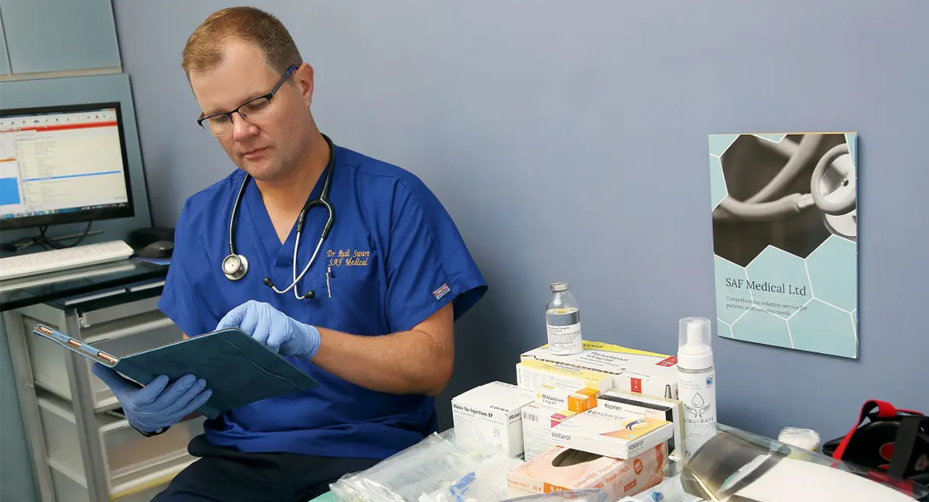Suitability Criteria
Conscious sedation can be used for all minor surgical and dental procedures ranging from one hour up to eight hours. Examples of dental procedures ideal for sedation are dental implants, extractions, crown preparations, fillings, root canal treatment and periodontal treatments to name a few.
It can help with a range of issues that a surgeon/dentist may come across: patient anxiety, painful procedures, gag reflex, needle phobia, tooth abscess extractions, patients with learning difficulties or dementia, prolonged complicated or painful procedures e.g. bone grafts, failed oral sedation and failed midazolam only IV sedation.
A patient will be classified under the American Society of Anaesthesiologists Status according to their medical history. For conscious sedation this would usually be ASA I or ASA II. As a guidance ASA I is a normal healthy patient, non-smoking, with no or minimal alcohol use. ASA II is patient with mild systemic disease e.g mild lung disease, well-controlled diabetes, hypertension or epilepsy.
Please e-mail or call us if you would like any advice on any of these matters.
Patients over 16 years of age who are healthy and have well-controlled medical conditions e.g. diabetes, hypertension, and asthma are suitable for sedation. Patients with significant or uncontrolled conditions e.g severe heart disease, morbid obesity need to be assessed on a case-by-case basis before booking a minor surgical procedure.
For further information on ASA status and conscious sedation refer to the ADA (Association of Dental Anaesthetists) dentalanaesthesia.org.uk or the SAAD (The Society for the Advancement of anaesthesia in Dentistry) saad.org.uk

